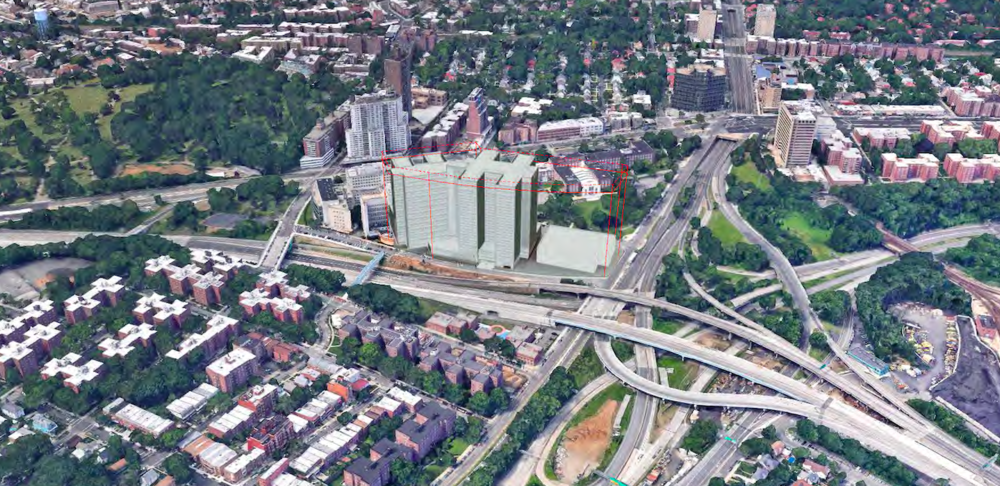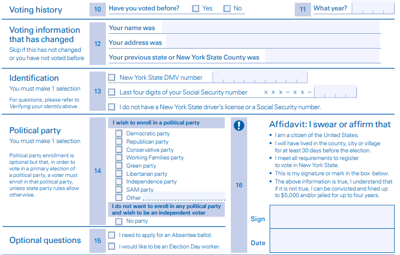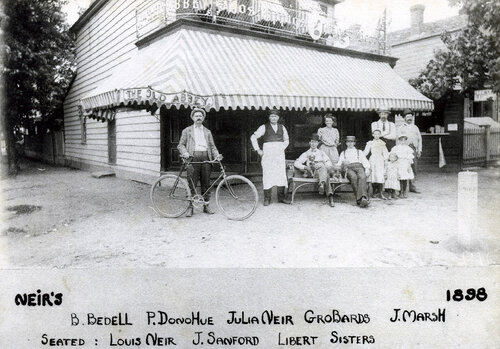 Queens Eagle
Queens Eagle
Negotiations around the city’s initiative to build new jails in four boroughs have determined that all of the facilities will be smaller than currently proposed, though talks continue around the specific heights, sources close to the deal-making told the Eagle.
The plan to close Rikers Island by replacing the isolated jail complex with four new borough-based detention towers is heading toward a City Council vote next month — and it’s on its way to passing the 26-vote threshold necessary to set the plan in motion, according to City Hall and City Council sources.
A critical issue in rallying support for the plan is reducing the jails’ heights, which vary borough to borough. The Mayor’s Office has already conceded reductions, resulting in more council support, according to a source with knowledge of the negotiations.
“Council leadership, members and the administration have invested many hours working on a plan that the majority of the council could get behind,” a City Hall source told the Eagle. “Talks absolutely continue, but the fruitful efforts up to this point are leaving those involved feeling very good about the project.”
With just weeks left until the full-council vote on the unprecedented four-site land-use measure, the Brooklyn Eagle reached out to all 51 councilmembers to get their preliminary stances on Mayor Bill de Blasio’s plan.
Already, 18 councilmembers have told the Eagle that they plan on voting yes, or that they are leaning toward voting yes. Nine councilmembers said they are leaning toward or have decided on a “no” vote, while 16 said they remain undecided. The remaining 11 members of the council did not respond to repeated requests for comment.
Three former councilmembers told the Eagle that the jail plan will likely pass, though it may take some back-room deal-making. The former councilmembers requested anonymity so as to not alienate former colleagues.
“It’s going to happen. They’re going to posture and do things and maybe some will vote no,” said one. “It doesn’t get this far and not go through.”
“It will get done, but there will be a lot of tweaks,” said political consultant George Arzt. He believes a compromise between City Hall and the council on the height of the proposed facilities will enable councilmembers to save face with constituents opposed to the plan.
“The administration has enough of an opening with the reduced jail population to cut the height of the buildings, and I think that is the most significant factor in getting this done,” Arzt said. “That allows councilmembers to say, ‘They wanted X, but we did Y, and we got this done for our constituents.’”
Council Speaker Corey Johnson has not explicitly stated how he will vote on the final proposal, but he lent his support to the plan when it was announced last summer by the de Blasio administration. He also co-wrote an op-ed in April with former Chief Judge of the New York State Court of Appeals Jonathan Lippman outlining why he believes the borough-based jails land-use proposal — called ULURP — is essential to closing Rikers. In the op-ed, Johnson and Lippman list changes they would like to see, “such as finding non-jail, hospital-based alternatives for people with serious mental health diagnoses,” as well as investment in communities “hit hard by the inequities of the criminal justice system.”
The speaker’s support of the plan is pivotal when it comes to a full-council vote.
Queens Eagle
Yesterday, the Queens Daily Eagle generated some conversations in City Hall after contacting all 51 city councilmembers — in conjunction with sibling publication, the Brooklyn Eagle — to find out where the legislators stand on the controversial land use application for building four new jails, one in each borough except Staten Island.
The Queens jail, part of a stated proposal for closing the detention centers on Rikers Island, would rise 270-feet and house a maximum of 1,150 detainees behind the Queens Criminal Courthouse in Kew Gardens. Queens’ 15 councilmembers differ on the proposal.
Three Queens councilmembers flat-out say they will vote against the plan. Democrat Paul Vallone, nominal Democrat Robert Holden (he won his seat on the GOP line) and Republican Eric Ulrich all told the Eagle they will vote no on the plan to create four “borough-based” jails.
Councilmember Jimmy Van Bramer leans toward opposing the jail for different reasons than his conservative colleagues. Van Bramer has aligned himself with the progressive wing of the party and the No New Jails coalition, which calls on the city to divest from jails and invest in social services, housing and education for low-income people of color disproportionately affected by the criminal justice system.
Of the 11 remaining Queens councilmembers (including Antonio Reynoso, whose district is mostly in Brooklyn), six say they are firm yes votes. The six supporters are Councilmembers Karen Koslowitz, Daniel Dromm, Rory Lancman, Francisco Moya, Adrienne Adams and Reynoso.
Meanwhile, Councilmembers Donovan Richards and Costa Constantinides say they are leaning yes, but have not decided yet.
Councilmembers Barry Grodenchik and I. Daneek Miller say they are undecided. Councilmember
Peter Koo has not responded to multiple requests for comment.
Each of the supporters premised their vote on changes ultimately being made to the height and scope of the project.
Koslowitz, for example, said she supports the plan — so long as the city reduces the height. Several councilmembers signalled that they would vote in lockstep with Koslowitz, who is taking a stand in favor of a politically unpopular project.
Councilmember Daniel Dromm told the Eagle he is “definitely supporting [Koslowitz’s] principled, moral stance" to support the Kew Gardens jail, despite "NIMBY pushback in her district.”
"I really admire her” for standing up, even though the plan is unpopular among her constituents, he added.
To cap this shitshow off, a few words from Speaker Cojo the dancing clown:
The plan that the mayor has put forward is an essential step in the path
to close the Rikers jail complex. Conversations with communities have
already led to initial reductions in the height and density of the
planned facilities and more thoughtful plans regarding the treatment of
incarcerated women. Moving forward, we expect to see more work from the
administration to improve the plan—such as finding non-jail,
hospital-based alternatives for people with serious mental health
diagnoses—and to address neighborhood concerns.
"Non-jail hospital based alternatives" In other words, a hospital.










































